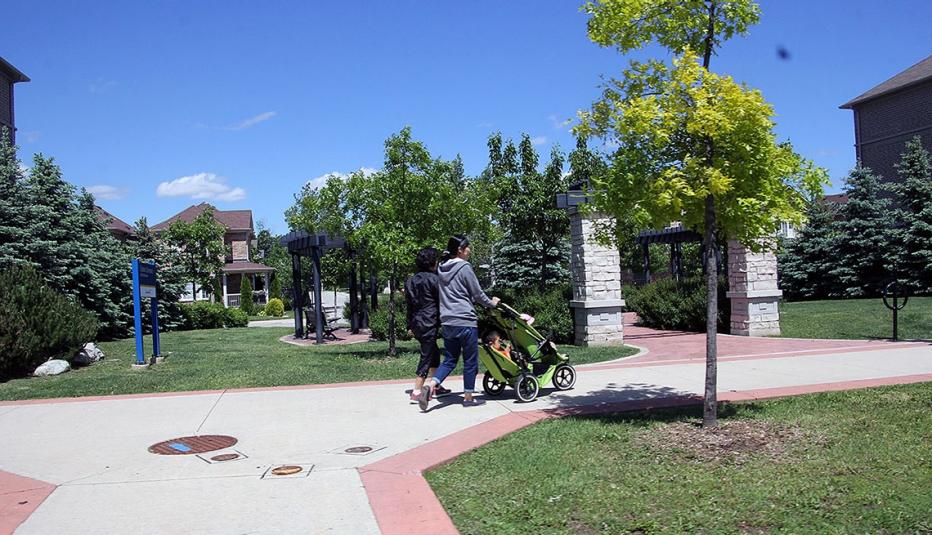AARP Hearing Center


AARP Land Use Principles
- Create communities with a strong sense of place
- Promote mixed-use development
- Enhance access
- Prioritize investment in sustainability
- Foster lifelong-learning opportunities
For detailed information on our policies around Livable Communities, please see our policy book.
Featured Publications
Telecommunications and Internet Technology


For nearly a century, affordable phone service has made our society safer, more productive and more inclusive. In recent decades, the emergence of high-speed Internet technologies and other advances have generated an array of new and better services, often leading to profound social and economic benefits. In fact, when affordable high-speed connectivity is widely available, a community has a critical resource to support residents of all ages. It also has an economic development tool to attract and retain businesses and jobs, and vital infrastructure to improve health care, education, and public safety.
PUBLICATIONS
The Increasing Potential of High-Speed Internet Connectivity
Enabling the Benefits of High-Speed Internet Access
An Analysis of 2012 Utility Expenditures by Older Consumers
Consumer Switching Costs for Wireless Telephone Service
BLOG POSTS
A Cellphone-Only World? Not So Fast
High-Speed Networks Create an Age-Friendly Advantage
Ensuring Affordable, Reliable Communications Services
Cell Phone Service Spending Increasing for Older Consumers
Land Use & Crosscutting Livable Communities Themes


Supportive mixed-use and transit-oriented development policies, urban design guidelines, and revised zoning and building codes can improve the physical design of communities to better meet the housing, mobility and social needs of residents, including older adults.
PUBLICATIONS
Communities Are Embracing Development Near Transit
Preserving Affordability & Access in Livable Communities
What Is Livable? Community Preferences of Older Adults
Opportunities for Creating Livable Communities
Beyond 50.05: A Report to the Nation on Livable Communities
Livable Communities: An Evaluation Guide
AARP Livability Index Platform
BLOG POSTS
Transit-Oriented Housing Helps Older Adults Live Indpt Lives
Fostering Social Interaction for All Ages
Threats to Infrastructure Funding


AARP Livable Communities































































